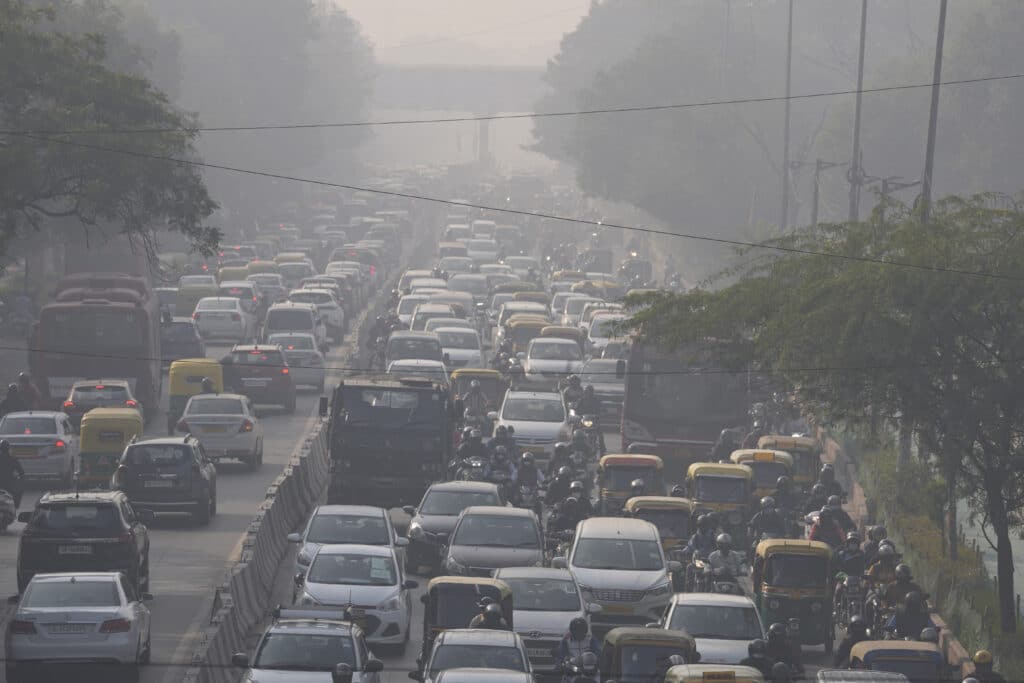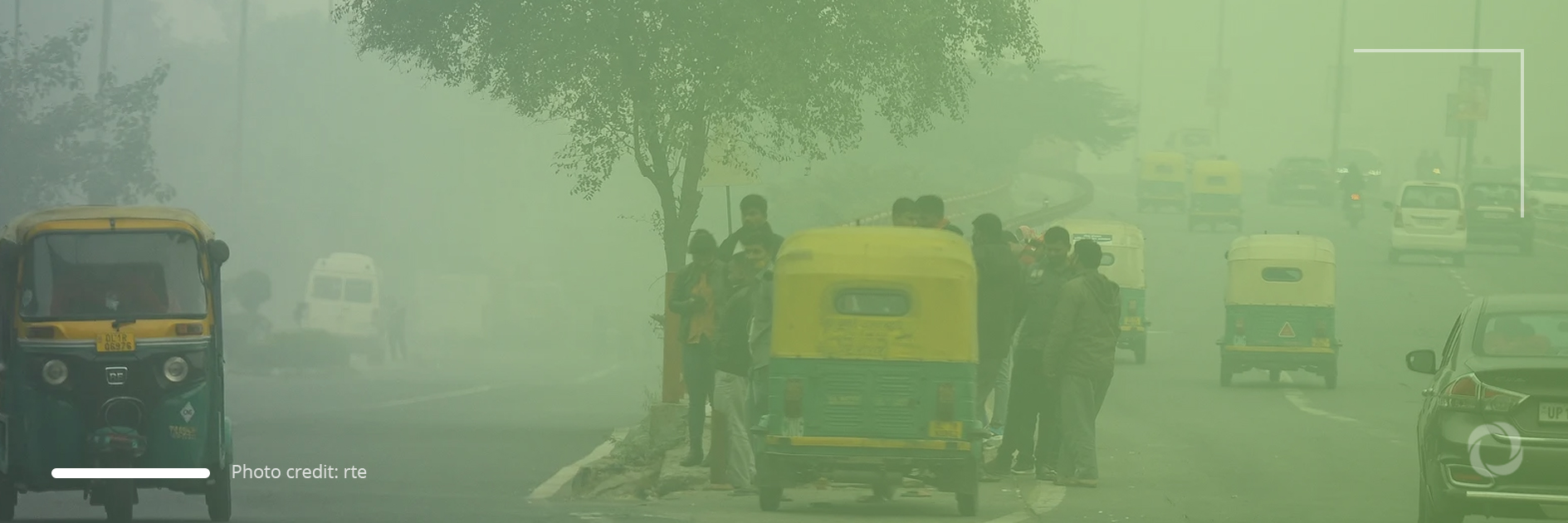As the winter season has now begun, the Indian capital of New Delhi is again experiencing record high levels of air pollution. The toxic mix people have to breathe is produced by, amongst others sources, the burning of coal on which India is highly dependent.
On 17 November the level of dangerous particles in the air in New Delhi reached 300 micrograms per cubic meters which is 12 times higher than the safe level of 25 micrograms per cubic meters set by the World Health Organization. According to forecasts, the situation will not improve until cold winds arrive to blow the toxic air away.
Schools closure and possible lockdown
Due to the record high levels of smog, the authorities have closed schools and some coal-fired power plants have been shut down in the capital and neighboring states. As well as this, India’s Supreme Court has ordered office workers to stay at home to reduce the pollution emitted by traffic and has proposed the introduction of a two day lockdown to reduce smog in New Delhi which has a population of 20 million. However, some experts doubt that these solutions will improve the situation.
“This is not the solution that we are looking for, because this is hugely disruptive. And we also have to keep in mind that the economy is already under pressure, poor people are at risk,” said Anumita Roychowdhury, Executive Director of the Center for Science and Environment, a think-tank based in New Delhi.
Air pollution causes
The high levels of air pollution are being recorded not only in New Delhi but also in other large Indian cities that are ranked as the most polluted in the world stemming from a variety of factors. India is highly reliant on coal which, as a cheap fuel, is accessible to many people still living in poverty. It is estimated that India generates about 70% of its power from coal.
Apart from this, in winter the smog does not only come from power plants and heavy industry but is also a result of burning crop waste in the states of Haryana, Punjab and Uttar Pradesh.
Tanushree Ganguly, an air quality researcher with the New Delhi-based Council on Energy, Environment and Water (CEEW), estimates that “close to 25 to 30% of the pollution can actually be attributed to stubble burning.”
She admitted that burning biomass by people who do not have access to electric heating also adds to problem. Indians who cannot afford to heat their homes with electricity use wood, cow dung or crop residues.

Last but not least, the pollution coming from traffic contributes to poor air quality. According to the Indian government, this contributes to 25% of the smog in New Delhi in the winter.
See also: World’s most polluted cities
How does pollution affect Indians?
Air pollution seriously impacts the inhabitants of the Indian capital and other cities. Several researchers have found that poor quality air kills over a million of the Indian population a year and many more suffer due to diseases related to air-pollution. The smog is so intense that people even have to wear masks indoors.
Vinita Garg, a homemaker who lives in New Delhi says, “Every year, without fail, the air goes from bad to worse in November and nothing is ever done. Thanks to air pollution, my kids always get a runny nose and cough. How can we continue to live like this if the air is so bad?”
What of promises?
India is the world’s third-biggest gas emitter, accounting for about 5% of global gas emissions. At the latest climate event COP26, the country’s Prime Minister has announced that India will reach net zero emissions by 2070. At the same time, India demanded that the annual climate finance target be increased 10 times to reach US$1 trillion to help developing countries to accelerate the shift to clean energy.

